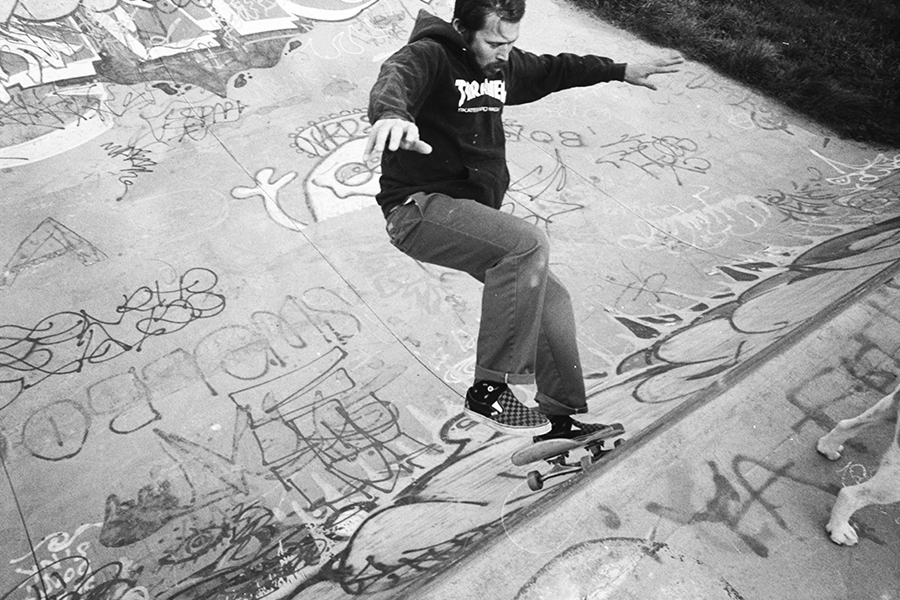On a windy Easter Sunday in Bolinas, Keelan McDorman ripped on his razor scooter down one end of a concrete half-pipe ramp, crested . . .
Bolinas raises funds to expand skate park


On a windy Easter Sunday in Bolinas, Keelan McDorman ripped on his razor scooter down one end of a concrete half-pipe ramp, crested . . .